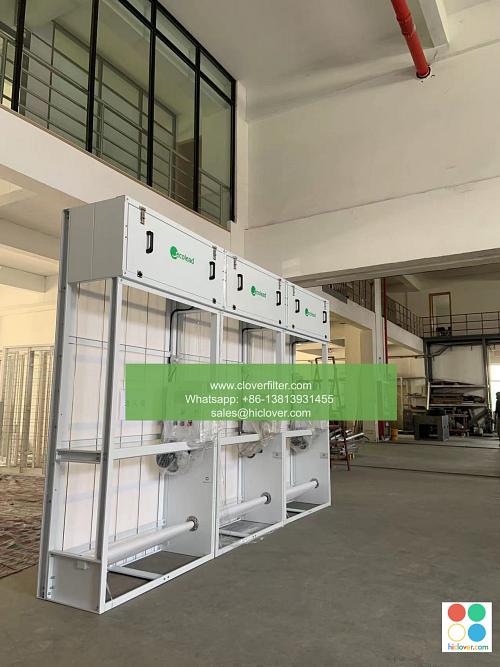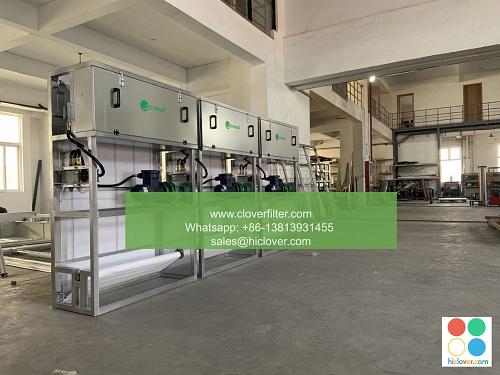Innovative Air Filter Designs for Energy-Efficient Systems

The increasing demand for energy-efficient systems has led to the development of innovative air filter designs that minimize energy consumption while maintaining optimal indoor air quality. These cutting-edge designs have far-reaching applications in various industries, including heating, ventilation, and air conditioning (HVAC) systems, air purification systems, and industrial air filtration systems.
Advanced Materials and Technologies
The development of innovative air filter designs relies heavily on the use of advanced materials and technologies, such as nanofibers, membranes, and uwv light technology. These materials and technologies enable the creation of air filters with enhanced filtration efficiency, airflow, and energy efficiency. For instance, nanofiber-based air filters have been shown to exhibit superior particulate matter (PM) removal efficiency and gas phase filtration capabilities.
Application Areas
Innovative air filter designs have a wide range of applications across various industries, including:
- Residential and commercial buildings: Energy-efficient air filters can significantly reduce energy consumption and improve indoor air quality in buildings.
- Industrial processes: Innovative air filter designs can help minimize air pollution and emissions in industrial settings, such as oil and gas, chemical processing, and pharmaceutical manufacturing.
- Transportation systems: Energy-efficient air filters can be used in vehicles, aircraft, and ships to improve air quality and reduce energy consumption.
- Healthcare facilities: Innovative air filter designs can help minimize the spread of airborne diseases and improve indoor air quality in hospitals, clinics, and other healthcare settings.
- Energy efficiency: Reduced energy consumption leads to lower energy costs and a smaller carbon footprint.
- Improved indoor air quality: Enhanced filtration efficiency and air purification capabilities lead to better indoor air quality and a healthier environment.
- Increased system reliability: Innovative air filter designs can help minimize system downtime and reduce maintenance costs.
- High upfront costs: The development and installation of innovative air filter designs can be expensive.
- Complexity: The use of advanced materials and technologies can add complexity to air filter systems.
- Standardization: The lack of standardization in air filter designs can make it difficult to compare and evaluate different systems.
- Nanotechnology: The use of nanotechnology to create ultra-fine nanofibers and nanomaterials with enhanced filtration efficiency and air purification capabilities.
- Artificial intelligence (AI) and machine learning (ML): The integration of AI and ML algorithms to optimize air filter performance, predict filter maintenance, and improve system reliability.
- Sustainability: The development of sustainable air filter designs that minimize waste, reduce energy consumption, and promote environmental sustainability.
Key Benefits and Challenges
The implementation of innovative air filter designs offers several key benefits, including:
However, there are also challenges associated with the implementation of innovative air filter designs, such as:
Future Directions
The future of innovative air filter designs looks promising, with ongoing research and development focused on:
As the demand for energy-efficient systems continues to grow, innovative air filter designs will play a critical role in minimizing energy consumption, improving indoor air quality, and promoting environmental sustainability. You haven’t provided a question or topic for discussion. Please provide more context or ask a specific question so I can assist you. I’ll do my best to provide a helpful and direct response. What’s on your mind?


